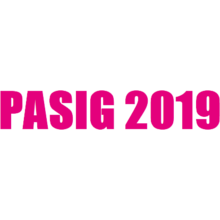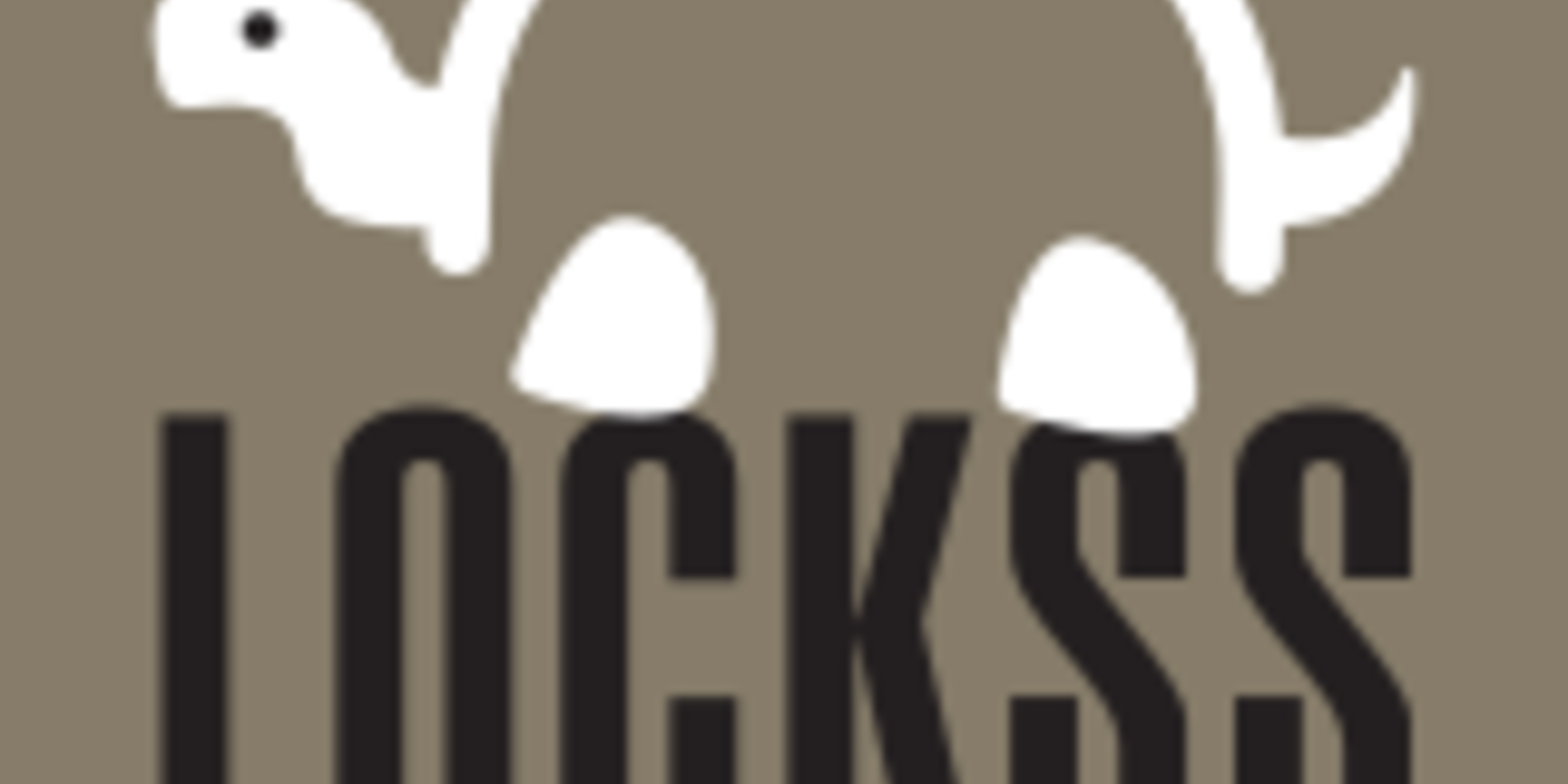Lessons Learned in Successful Community Collaboration

The value and benefits of community collaboration are not always immediately or explicitly evident. Periodically they need to be examined anew and reaffirmed. Having previous experience at Sun Microsystems in establishing both Centers of Excellence (CoE) and the Preservation and Archiving Special Interest Group (PASIG) and my current involvement in the LOCKSS Program, I want to set out some of the benefits of community collaboration and participation; some well-acknowledged — almost to the point of being taken for granted — and others less so. If planned well, technical, financial, sustainability, and social benefits can all accrue from inter-organizational collaborations.
The Sun Microsystems Experience
Some of the readers of this article may not have had any direct experience with Sun Microsystems. But it was a company with deep ties to the academic and research community. There was a consistent, focused emphasis to work with higher education institutions 1) to vet and test innovative engineering ideas and 2) find and develop new advancements and solutions. This commitment was predicated on the belief that there were far more developers and thought-leaders outside of Sun than inside of it. The Center of Excellence program was designed to create mutually-beneficial collaborations on key technical and commercial topics. Many of the joint projects entailed support — either via matching grants, hardware donations, or direct funding — for specific research and engineering efforts designed for technological innovation of value to Sun. However, many CoE's were a combined effort of Sun, a third-party software provider, and a university department to develop a solution to meet a ‘market deficiency' or benefit a perceived user group; scientific research departments, eLearning experimenters, academic libraries, central IT organizations, etc. The inherent advantages of this latter case hinged on the fact that there was a commitment to sustainability, growth, and enhancement of the eventual solution.
Preservation and Archiving Special Interest Group (PASIG)
Through engagement of commercial entities, university partners were able to lessen risk and sustain the work effort. The companies were able to leverage the expertise and reputation of the host institution. Successful CoE's were designed to raise the level of the overall community as the solution was accepted and adopted. This ties directly into the creation of the PASIG by Sun and Stanford University in 2007. Initially funded by Sun but nurtured by a global group of leading preservation experts crafted with the help of Michael Keller and Tom Cramer, the PASIG was designed to raise the knowledge level of the incipient preservation community by directly connecting global innovators, publicizing state-of-the-art, replicable, practical projects, and even openly sharing mistakes and missteps. At the PASIG's inception, LOCKSS stood out as a cornerstone contributor and has continued to be so. It has also evolved into the epitome of a successful global community collaboration by raising the level of discussion and sharing worldwide.
LOCKSS
The LOCKSS Program has been run out of Stanford University, where there is a core engineering and management team. But this single organization is actually a part of a global community of LOCKSS experienced users and proponents. Let's examine the reasons why this community has been so successful for now going on an unprecedented twenty years!
- Meeting a Need: The need for preservation is larger than ever. The LOCKSS community consists of many institutions and networks engaged in both journal permanent access and broader preservation efforts. Some of the LOCKSS Networks such as the MetaArchive Cooperative and Public Knowledge Project (PKP) have spawned their own global preservation communities. So, you have one core innovation leading to spin-off innovations and models that meet specific needs over time. But all stay intertwined.
- Adaptability: The types of materials in LOCKSS infrastructures have expanded over the years. The impetus for this has come from independent LOCKSS Networks which — as stated above — are meeting the varied needs of their respective constituencies. Additionally, a number of LOCKSS Networks have instituted supernode models where a subset of institutions function as designated service hubs for less IT-resourced institutions. This model has evolved over the years in the key areas of governance, IT infrastructure, and financial sustainability.
- Innovation: Innovation within the global LOCKSS community has taken many shapes and forms. New advancements are being shared within individual LOCKSS Networks and between LOCKSS Networks which gives a unique resilience, idea flow, and technical reach to the global LOCKSS community. At Stanford, Mellon Foundation-funded work to update the traditional LOCKSS software into web services components is progressing. Technical documentation, recordings, and a demo are being shared on this LOCKSS Architected as Web Services (LAAWS) project. Beta sites are being put into place with existing and new LOCKSS projects to test code and experiment with different use cases for these LOCKSS components.
- Separately, two LOCKSS Networks in Canada — led by Simon Fraser University — have collaboratively adopted LOCKSS-O-Matic to automate and simplify LOCKSS processes. Additionally, a monitoring dashboard tool for LOCKSS has been created and employed in the SAFE Archive Federation (SAFE) and is being shared with other networks such as the Alabama Digital Preservation Network (ADPN). Lastly, the CLOCKSS Archive is consistently supporting a growing, diverse body of publisher content of value to academic libraries.
- Experienced Stewardship: In conjunction with the committed management of LOCKSS within the Stanford Libraries, a group of experienced leaders offers governance and directional guidance to the community. This provides a fool-proof map for long-term success for LOCKSS since this group sees advancements and new standards in all areas of distributed digital preservation. The Advisory Committee also contributes to the broad academic preservation community by sharing LOCKSS advancements to non-LOCKSS organizations. The committee also obviates a total dependence on a single organization or person.
Conjoined to seasoned consortial guidance for LOCKSS is the concept of sharing risk and resources between institutions. Every consortium has leaders. But leadership and project resources often change over any long-term period. As new LOCKSS Networks join, new leaders can be nurtured by experienced committee members. By sharing ownership of the LOCKSS community the network as a whole can lessen the problems of one institutional member having a personnel change, a leader decommitting, a loss of funding, or a change in institutional management direction. While universities may exist for centuries, specific project commitment does not have that longevity since budget, people, and technology are always in flux and changing. Individual projects may hit a nadir, but another institution can pick up the lead and commensurate responsibility within the cooperative network.
To summarize, as Aristotle stated "The whole is greater than the sum of the parts." This is the continuing LOCKSS community model for success.

